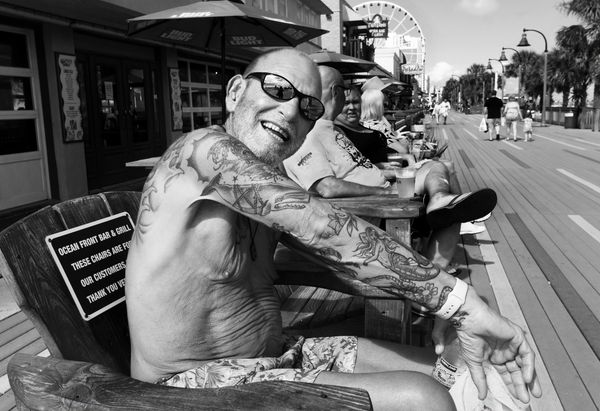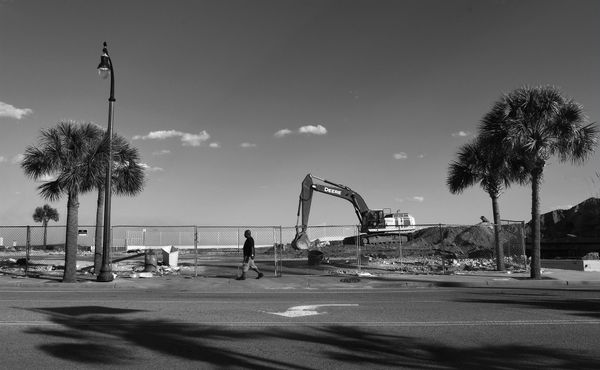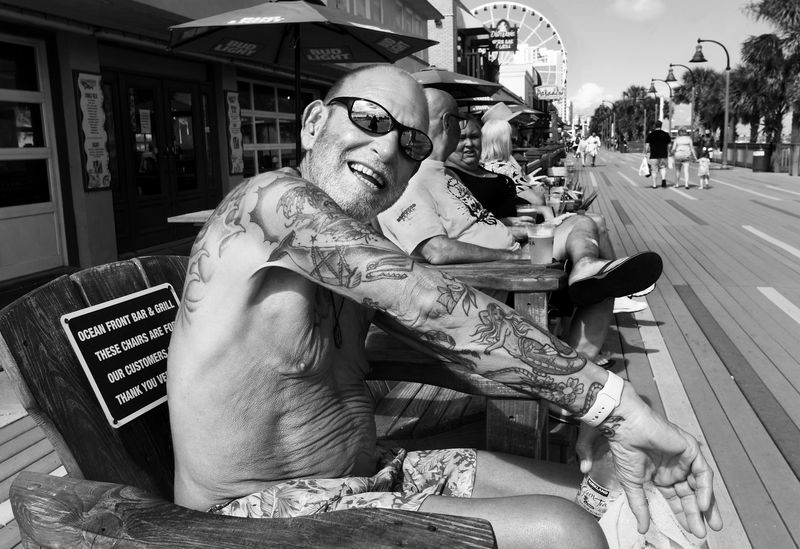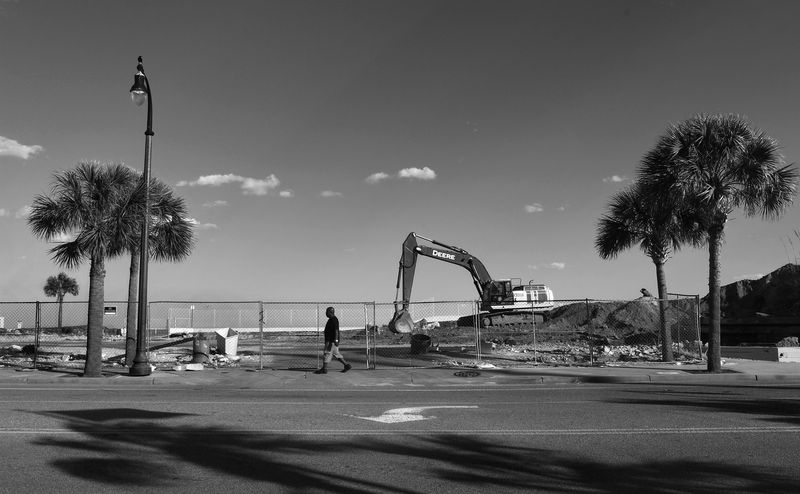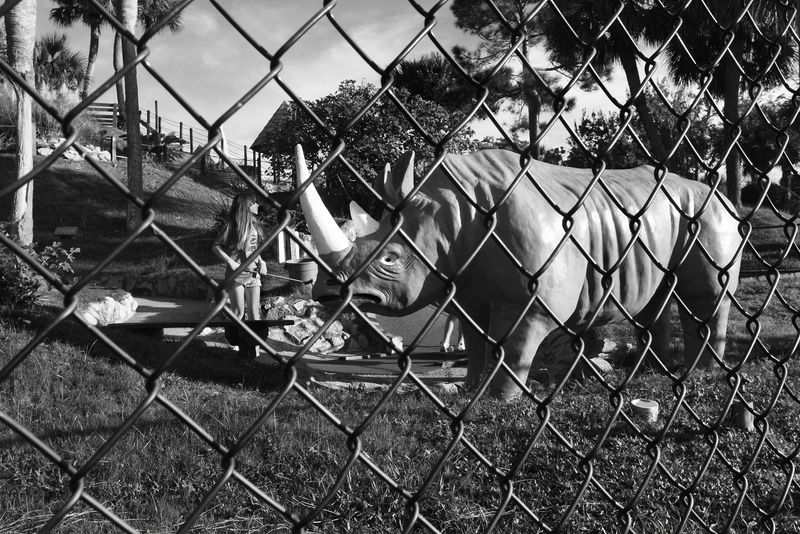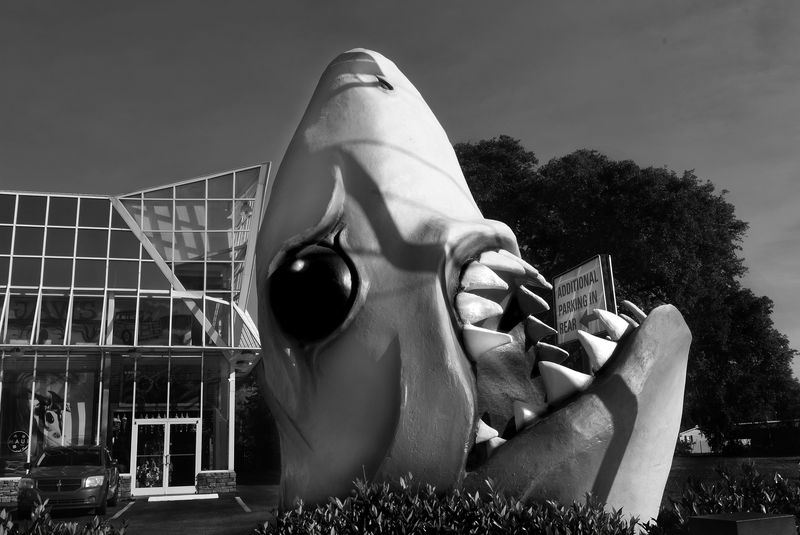The Grand Strand
-
Dates2023 - Ongoing
-
Author
- Location Columbia, United States
On-going documentary focused on the people - locals and tourists, and the environment of the Grand Strand, the 60-mile white sand beach along South Carolina's east coast including famed Myrtle Beach, SC.
The Grand Strand [Working Title]
Lisette Model’s famous photograph, ‘Coney Island Bather,’ accompanied a Harper’s Bazaar 1941 article “How Coney Island Got that Way.” This photographic project seeks a similar accountability: How the Grand Strand Got this Way.”
Pilat & Ranson, the authors of the Harper’s Bazaar article, released their 1941 book on Coney Island, “Sodom by the Sea.” The authors’ volume is “an affectionate history,” recounting the history and evolution of America’s most famous island and first amusement parks outside New York City. Visually, one sees Myrtle Beach’s boardwalk, Ferris wheel, wooden roller coaster, water slides and attractions, as reminiscent of Coney Island. Like Model’s street photography, and that of her famed student and friend, photographer Dianne Arbus, the project’s goal is to create evocative, honest images representing the diverse subject and storyline, images mindful of the photographic canon.
The Grand Strand is a 60-mile arc of white beaches from Little River to the saltwater ecosystem and rice fields of Winyah Bay. Myrtle Beach is a relocation magnet for retirees, becoming one of the fastest growing cities in the US. A hot spot for tourists arriving from the North and Midwest, the East coast’s first warm water beach attracts over 20.15 million visitors, generating over $15 billion in revenue. Dubbed “The Redneck Rivera” and “Dirty Myrtle,” the coastal city attracts a rare mix of people, day trippers to retirees, impacting a coastal landscape with a failing infrastructure. The beautiful coastal ecosystems versus the tacky and cluttered built/altered landscapes, the golf/mini golf, amusements, shops vying for tourist eyes, it’s a visual dichotomy, images engaging the viewer, the “man-on-the-street” and the photographer as collaborators in an urban, yet exotic drama.
The documentary tradition in photography endeavors to creatively address social and environmental conditions, asking an essential question about the nature of reality. Will growth of Myrtle Beach and the Grand Strand ‘break’ the coastal environment? Has the beach become a metaphor for society, where an urgent sense of longing (by the tourist, the retiree) for something elusive, the ‘otherness,’ where a beach experience or everyday life becomes hedonistic through consumerism, consumption and construction?
It is an important consideration of this project that a balance is portrayed, one that creates a photographic work that is approachable, informative and of value to the viewer, as well as an honest document that addresses the art of photography as opposed to the South Carolina’s marketing slogan “Smiling Faces, Beautiful Places.” In describing the work of Cartier-Besson and Walker Evans, American art critic Clement Greenberg stated that “photography’s great asset is its capacity to represent depth and volume, and that this capacity’s primary function is to describe, convey, and make vivid the emotional ‘use-value’ of beings and objects.” This statement captures in part the intrigue of this project.
